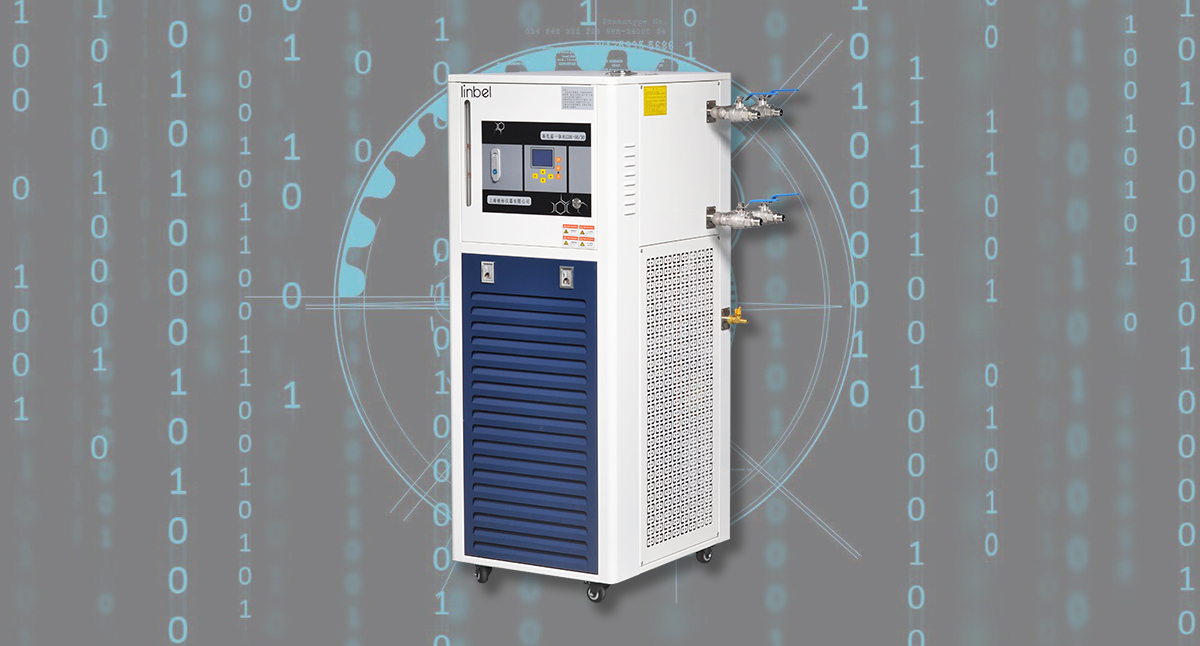Heater chiller has become the first choice for manufacturing, chemistry, biology, physics, laboratories, universities and other industries to meet the demand for temperature control.

1. Pharmaceutical and chemical industry
Due to the continuous development of pharmaceutical and chemical industry, the working efficiency of the traditional open refrigeration and heating tank is low, and the temperature range of the traditional open refrigeration and heating tank is small. The temperature control range of the heater chiller can reach -80℃ ~ 300℃, which can meet the needs of most industry manufacturers.
2. Processing industry
During the operation of drying equipment, it is necessary to realize various physical forms of external temperature, and achieve the humidity state through the mixing of drying equipment. At this time, a heater chiller is needed. The high temperature of the heater chiller can be heated up to 300℃, and it has the characteristics of stable operation, simple and fast operation.
3. Biological industry
In the experiments of extraction, evaporation, crystallization and distillation in bioengineering, the heater chiller can be equipped with corresponding biological instruments for temperature control. The heater chiller uses plate heat exchanger to improve the heat utilization rate and realize heating and cooling.
4. Adhesive industry
In the adhesive industry, because this material generates a lot of heat after polymerization, it needs to be cooled. Conventional water-cooling equipment will cause oxidation and carbonization risk. In addition, the water-cooling temperature is limited, which cannot effectively improve the production efficiency. The heater chiller uses special heat transfer oil. The low temperature can reach -80 ℃, which can not only quickly reach the temperature required for cooling, but also make the reaction more stable.